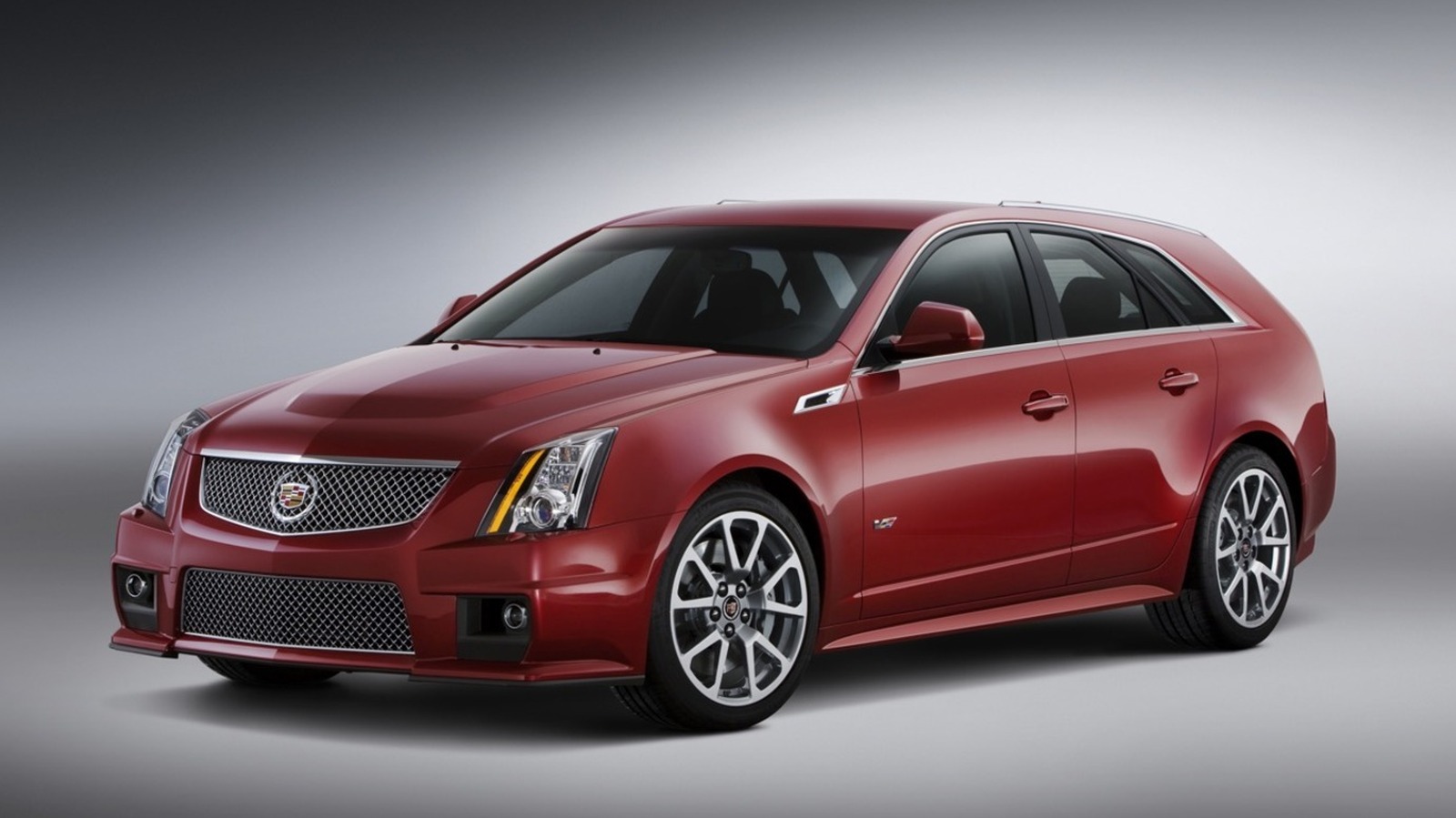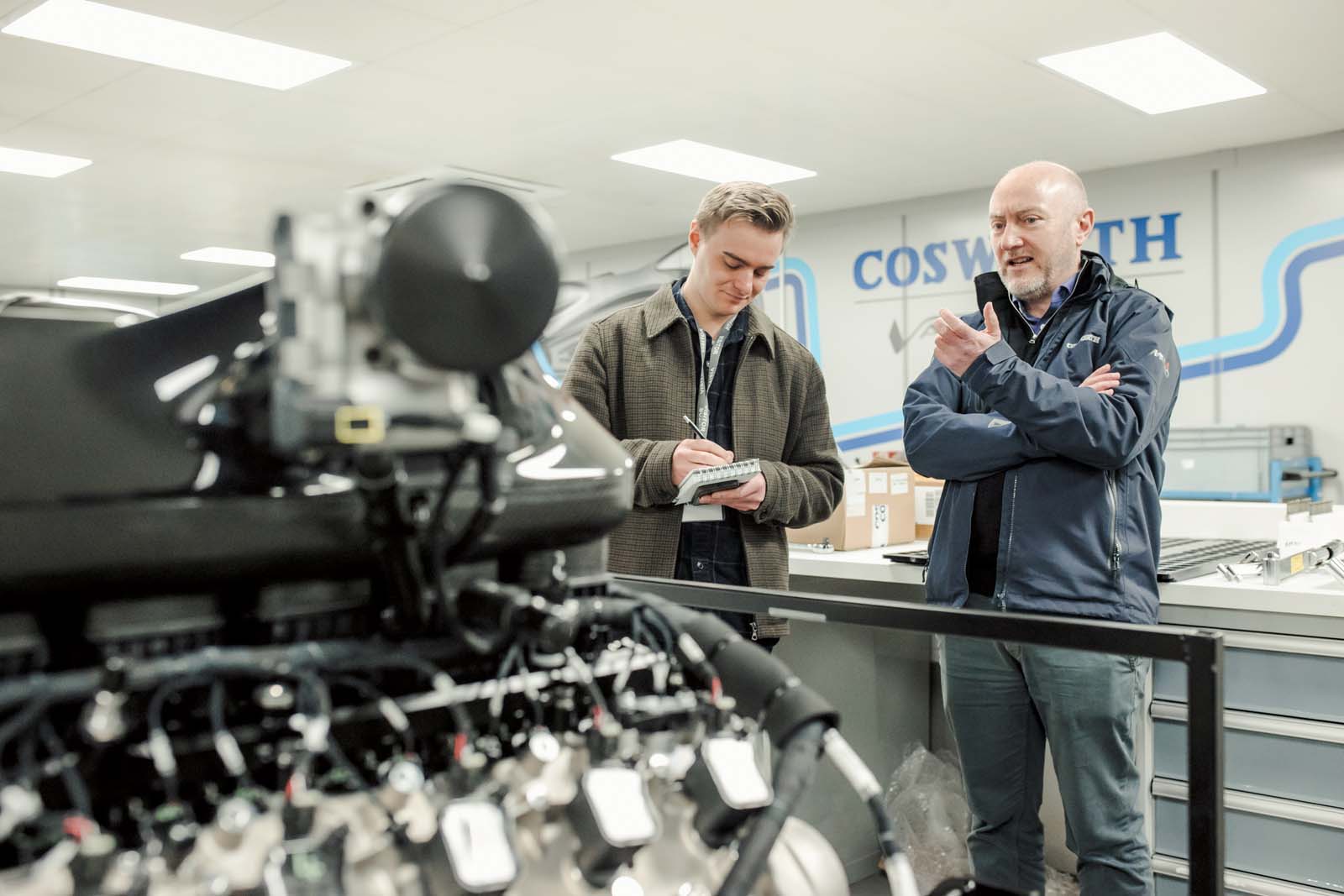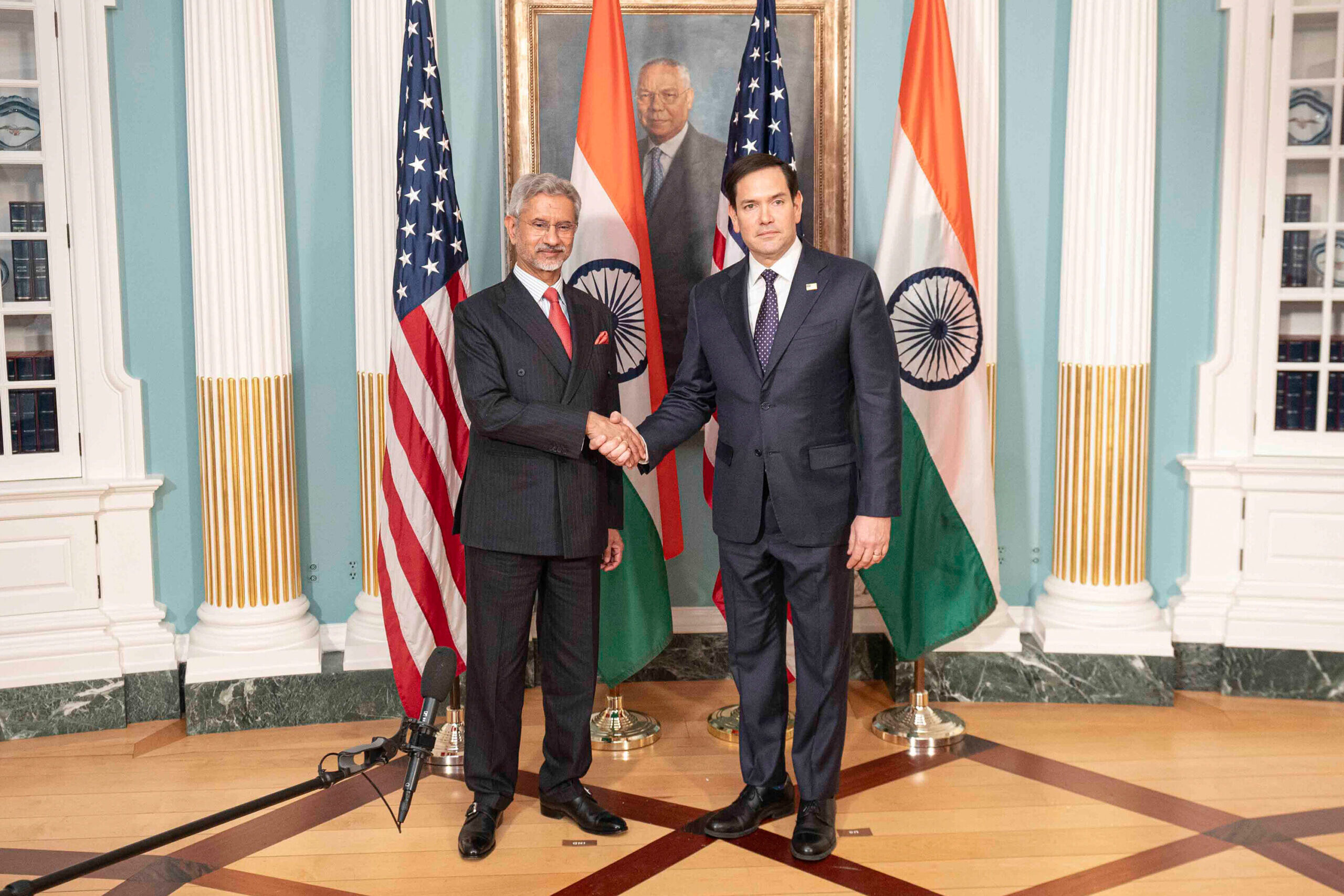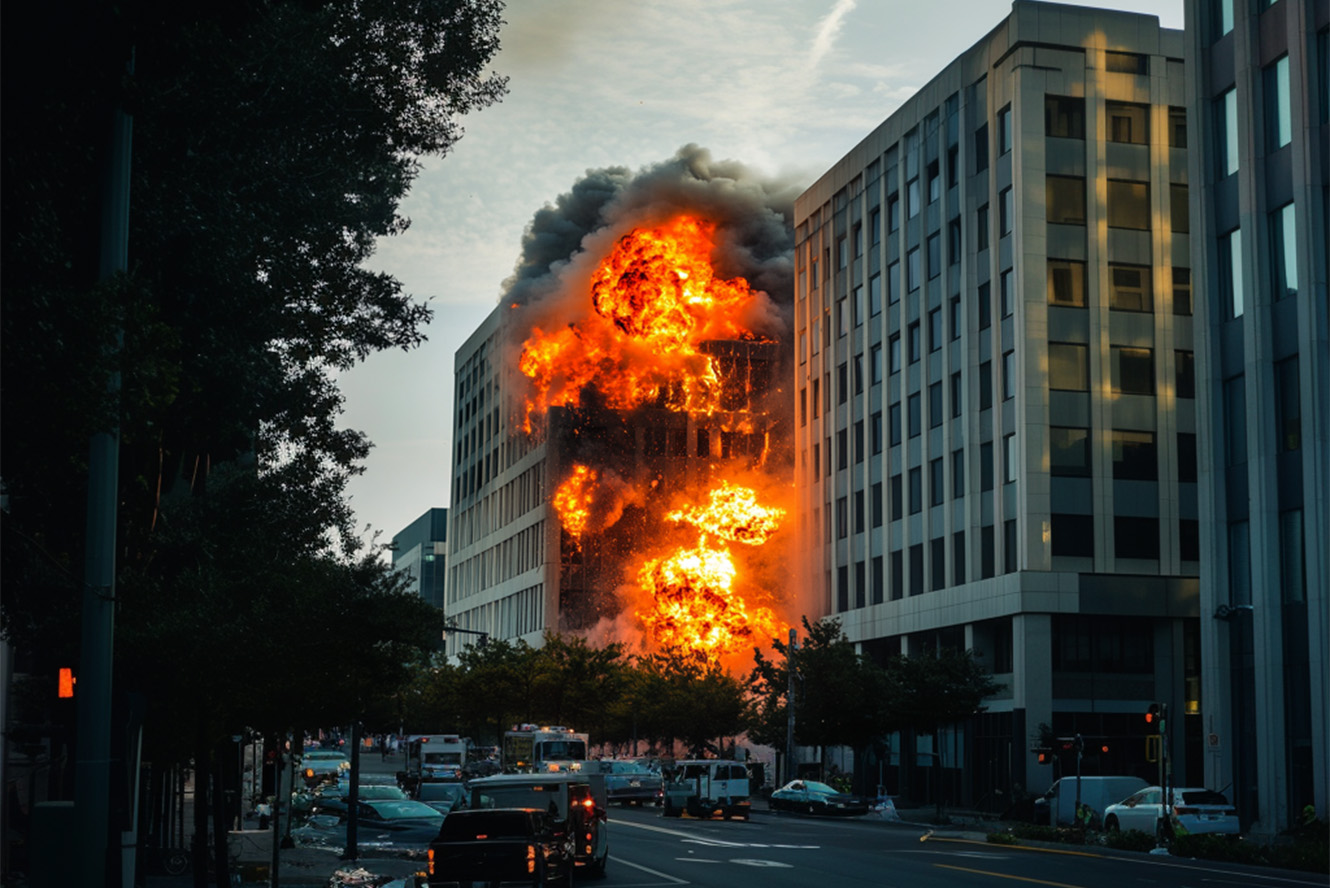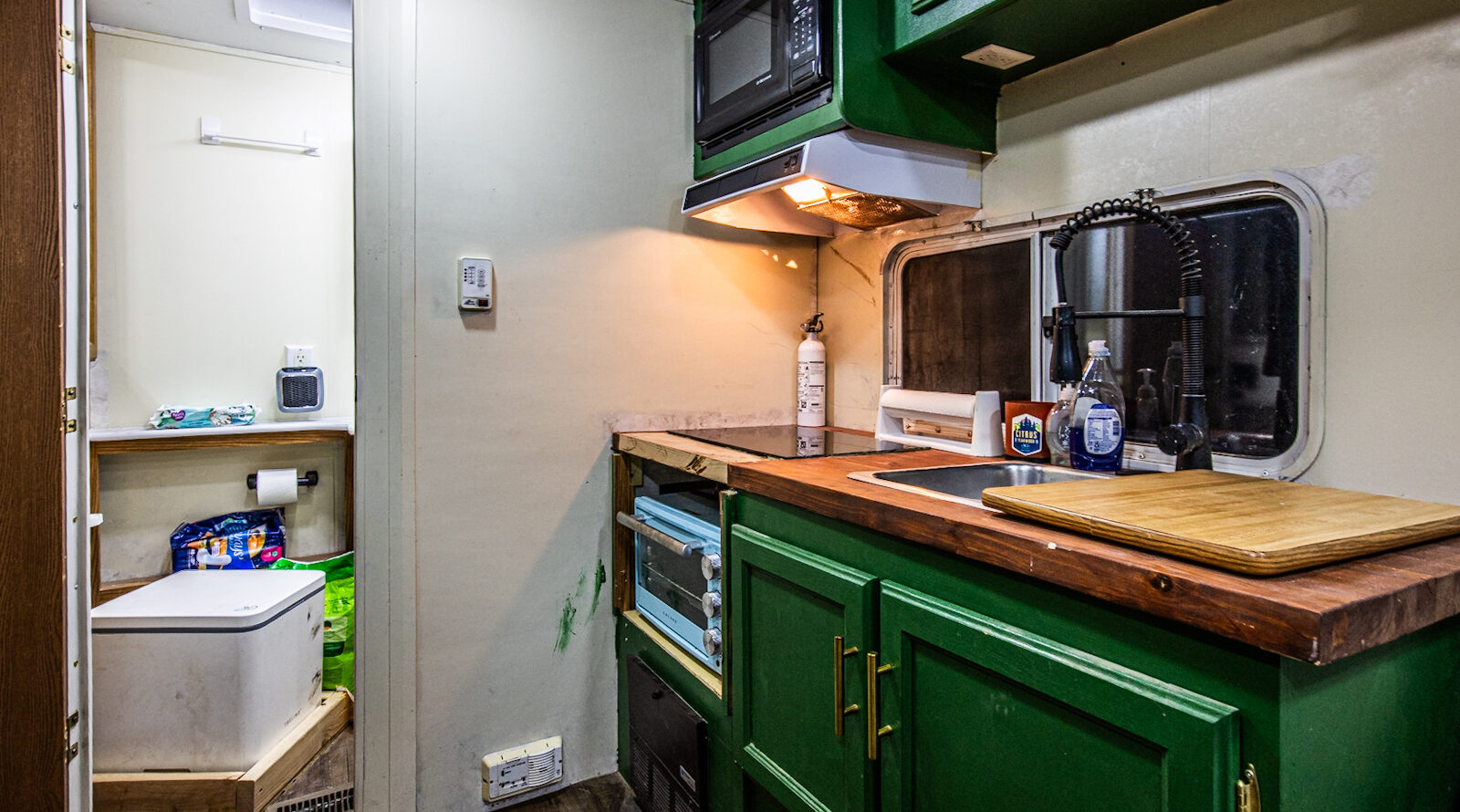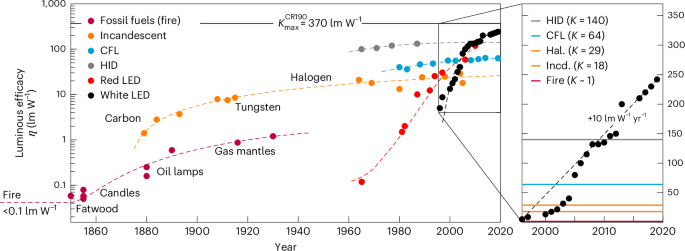London’s V&A Dedicates An Exhibition To Cartier, Its First In Over Three Decades
Explore over 350 dazzling Cartier pieces at the V&A’s landmark exhibition, from royal tiaras to Grace Kelly’s diamond ring. The post London’s V&A Dedicates An Exhibition To Cartier, Its First In Over Three Decades appeared first on Haute Living.
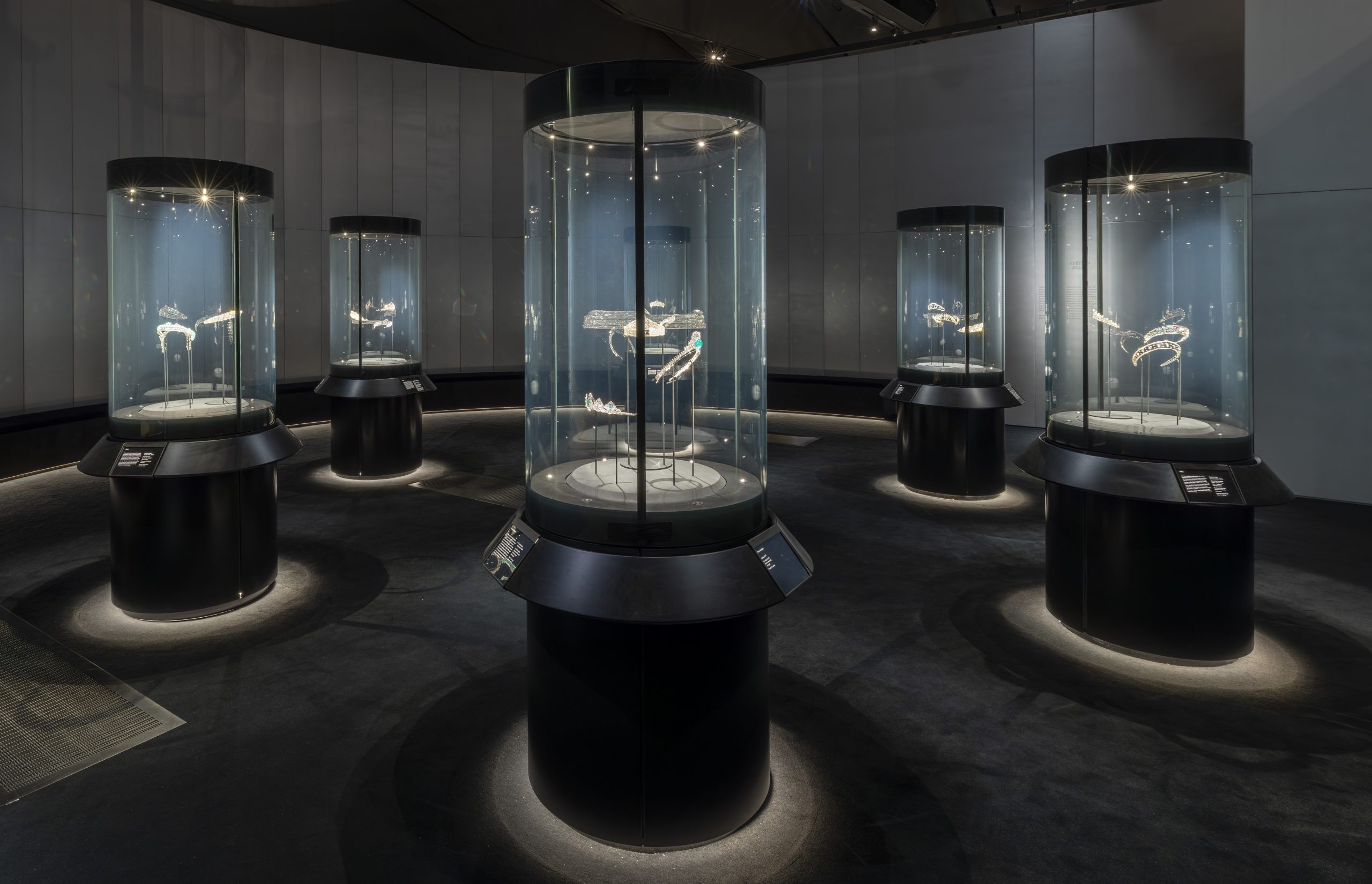
 Photo Credit: Victoria and Albert Museum London
Photo Credit: Victoria and Albert Museum London
London’s Victoria and Albert Museum has opened its first major exhibition in almost 30 years dedicated to Cartier jewels and watches with Cartier: Crafting the Exceptional. With over 350 dazzling objects on display—including high jewelry, watches, historic gemstones, and royal commissions—the show traces Cartier’s rise from a Parisian workshop to a global symbol of elegance, power, and artistry.

Photo Credit: Victoria and Albert Museum London
The exhibition begins at the turn of the 20th century, when the grandsons of founder Louis-François Cartier—Louis, Pierre, and Jacques—transformed their grandfather’s boutique into the world’s first internationally renowned jewellery house, establishing pillars in Paris, London, and New York. Nicknamed “the jeweler of kings and the king of jewelers,” Cartier’s client list has spanned European royalty, Indian maharajas, and later, stars of cinema, fashion, and music.
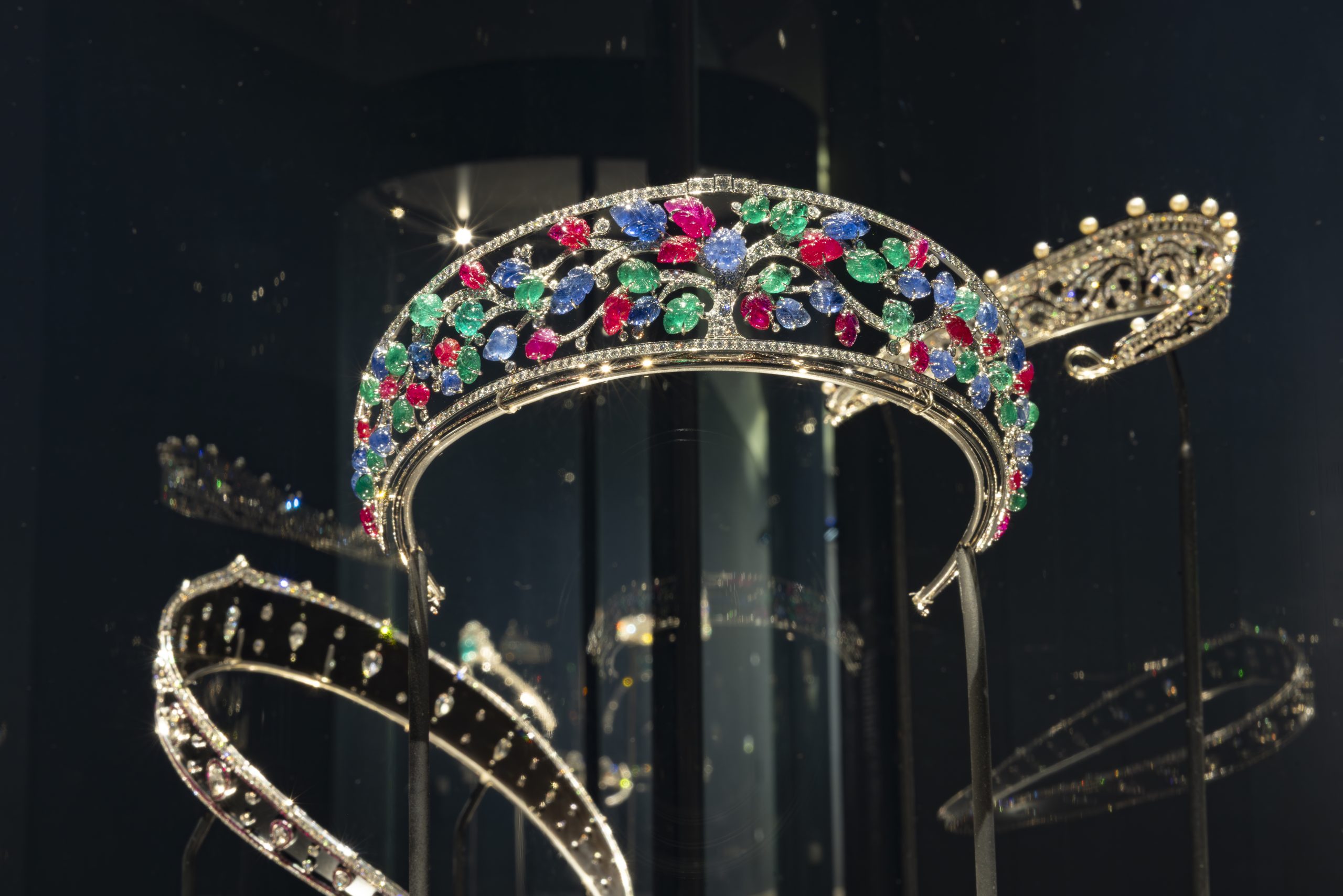
Photo Credit: Victoria and Albert Museum London
A highlight of the show is the 1953 Williamson Diamond brooch, commissioned by Queen Elizabeth II and featuring a 23.6-carat pink diamond—one of the rarest in the world. Alongside it are pieces worn by Princess Margaret, Grace Kelly, and Mexican film icon María Félix, whose 1968 articulated snake necklace remains one of Cartier’s boldest commissions.
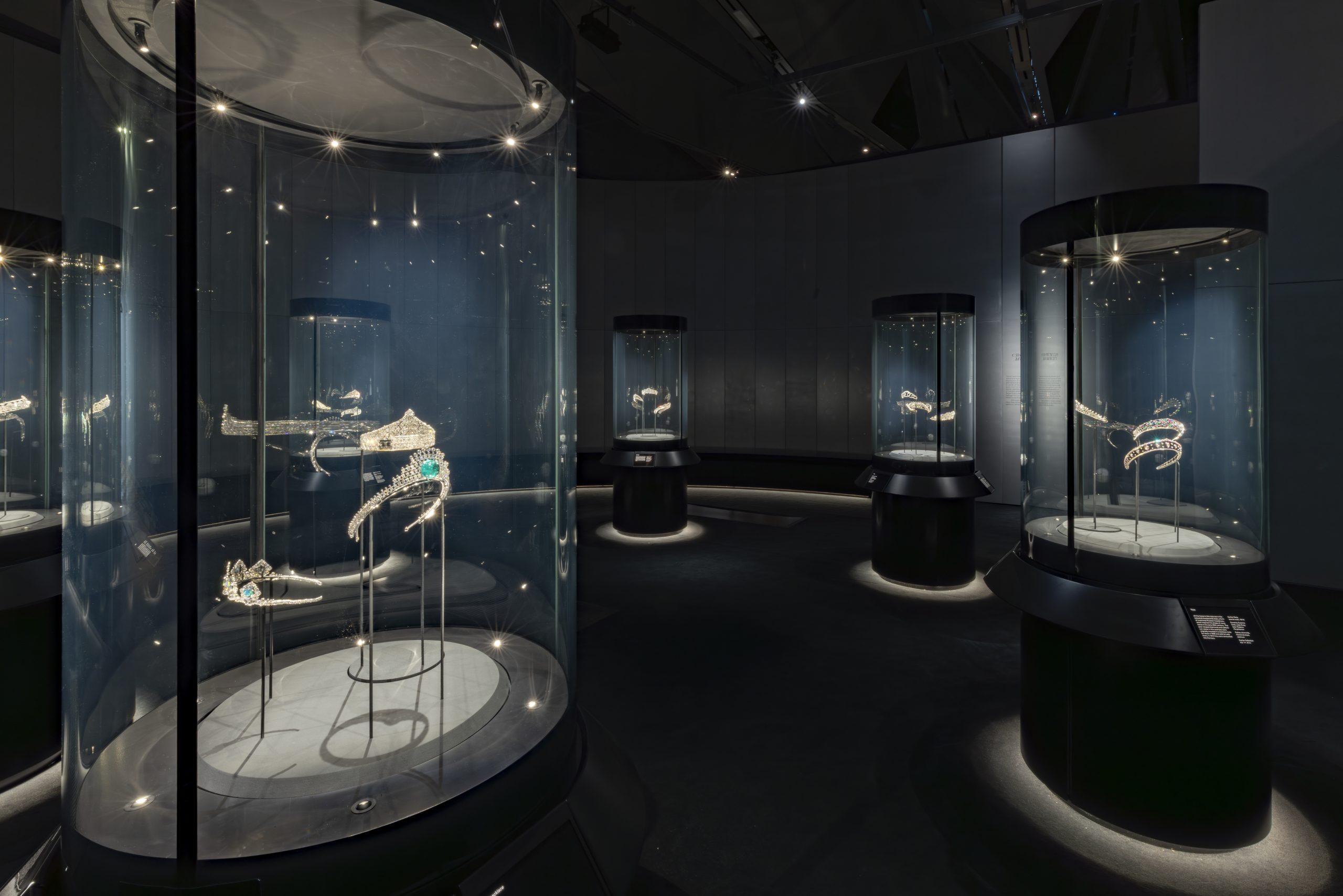 Photo Credit: Victoria and Albert Museum London
Photo Credit: Victoria and Albert Museum London
The exhibition design—by acclaimed architect and artist Asif Khan MBE—invites visitors into a luminous dreamscape where jewellery, light, and sound converge. “I wanted our collaboration to be a dreamscape where art and science converge, with Cartier’s pieces suspended in light, time, and sound, allowing history to breathe and the future to linger,” says Khan.
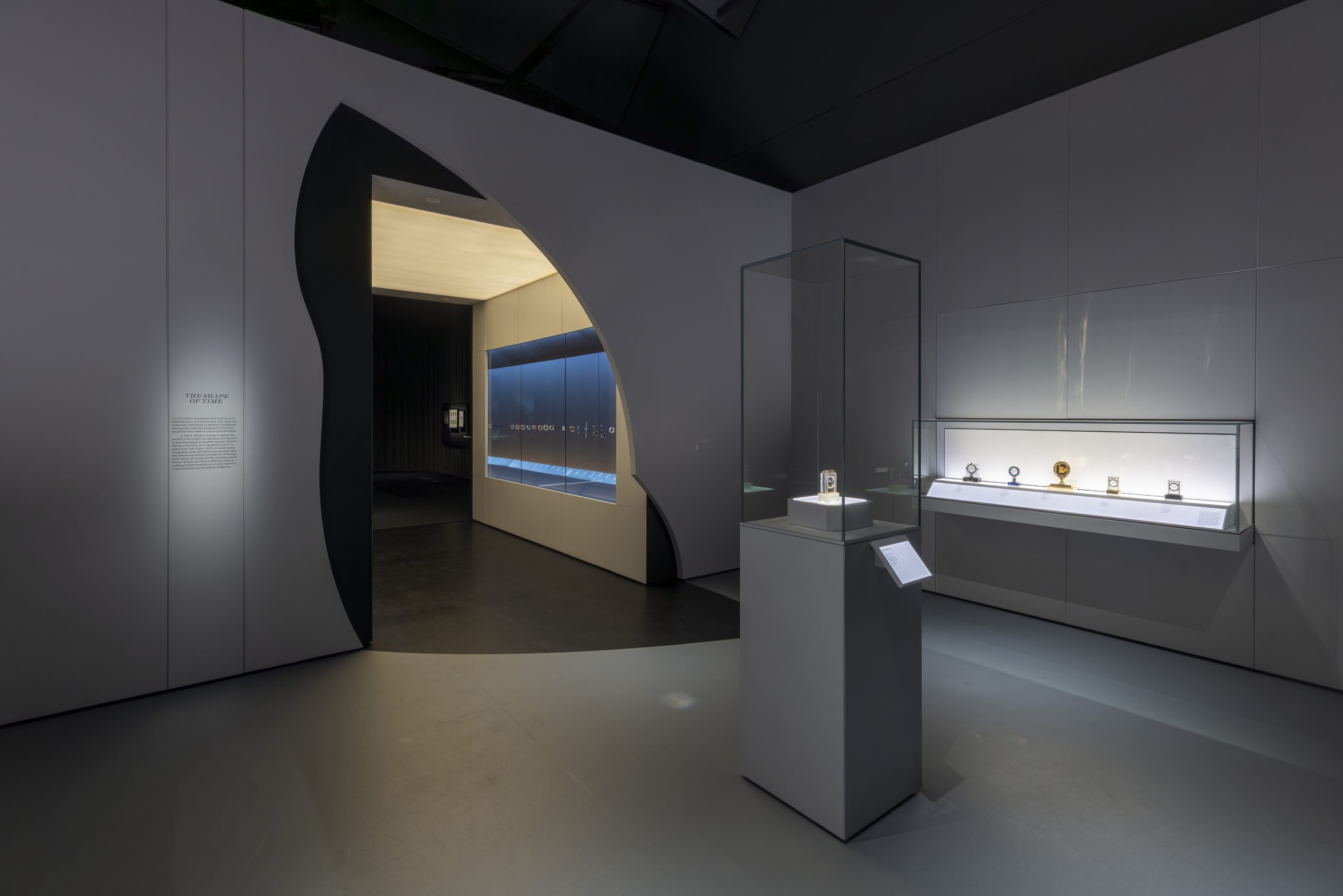 Photo Credit: Victoria and Albert Museum London
Photo Credit: Victoria and Albert Museum London
Organized into three sweeping sections, the show charts Cartier’s creative evolution, technical mastery, and cultural influence.
Creative Vision and the Birth of a Style: The first section explores Cartier’s early sources of inspiration—from 18th-century French architecture to Islamic art and South Asian jewellery traditions—and the birth of its unmistakable design codes. Pieces like the “Garland Style” tiaras, the 1925 coral and emerald Art Deco brooch, and a rare scarab-inspired London brooch show the maison’s genius for translating global motifs into modern design. Client relationships were central to this creative process—none more so than the Queen’s own brooch or the rose clip once owned by Princess Margaret.
The Workshop as Laboratory: The second section delves into Cartier’s technical prowess and unrivalled access to the world’s finest gems. In-house workshops in each city allowed for creative innovation and the highest level of craftsmanship. Visitors can see how Cartier’s signature panther motif evolved—from a 1914 wristwatch to a 1978 onyx and pavé diamond bracelet—and how monumental commissions like the Patiala necklace blended Art Deco geometry with regal grandeur. Materials take center stage here too: jade beads once owned by Barbara Hutton, vibrant Tutti Frutti jewels, and aquamarines set in tiaras that made headlines during Britain’s “Tiaramania” of 1937. Cartier’s innovation extended to horology, with the 1904 Santos—one of the first modern wristwatches—leading to cult classics like the surrealist-inspired Crash (1967), and the gravity-defying Mystery Clocks whose hands float in air.
Shaping an Icon: The final section examines how Cartier’s image was crafted—through public exhibitions, bold marketing, and associations with style icons from aristocracy to Hollywood royalty. Grace Kelly’s 10.48-carat diamond engagement ring, worn in her final film High Society, is displayed alongside other cinematic symbols of status and taste. Cartier’s ability to reinvent itself through generations of artists and cultural moments speaks to its staying power.
 Photo Credit: Victoria and Albert Museum London
Photo Credit: Victoria and Albert Museum London
The exhibition concludes with a breathtaking display of tiaras—symbols of ceremony, style, and technical mastery. Among them: the never-before-seen Opal Tiara, commissioned in 1937 and worn at Queen Elizabeth II’s coronation; the Scroll tiara famously donned by Rihanna on the cover of W Magazine; and the Art Deco tiara worn by Begum Aga Khan III, one of the most glamorous women of the 1930s.
Curators Helen Molesworth and Rachel Garrahan sum up the significance: “Cartier is more than a jewellery house. It’s a mirror of modern luxury and a trailblazer of culture. This exhibition offers a chance to see both the craftsmanship and the myth-making up close—illuminating how Cartier remains, after all these years, utterly of the moment.”
Read More on London here
The post London’s V&A Dedicates An Exhibition To Cartier, Its First In Over Three Decades appeared first on Haute Living.












